
Rectal prolapse can occur in any breed of dog, as well as most other mammals, regardless of sex or age. As the name implies, this condition involves the rectum, which protrudes from the anal opening. Initially, the prolapse might happen only while your dog is passing stool, but over time, the relapse can become severe enough to remain constantly protruding from the anus. Not only is this uncomfortable for your dog, it's also very serious, as left untreated, a rectal prolapse in dogs can prevent them from being able to pass any stool, which ultimately can cause severe illness or even death.
Rectal prolapse doesn't occur on its own, but is caused by another problem, so the underlying issue will need to be addressed in order to treat the prolapse and prevent recurrence. Knowing how to recognize this condition and what steps to take in treating it can help prevent even bigger problems from developing.Luckily, with treatment, most dogs recover fully.
Rectal prolapse is a condition in which the last part of a dog's intestinal tract—the rectum—protrudes from the anal opening. The rectal tissues turn inside out and appear as a cylinder or tube of pink tissue sticking out of the dog's anus. In an incomplete prolapse, only the mucus membrane surrounding the rectum emerges from the anus, while in a complete prolapse, all layers of the rectum are prolapsed. The condition more commonly occurs in farm animals such as pigs, cows, and sheep but is also seen in dogs.
Dogs with rectal prolapse have an obvious fleshy, tubular mass protruding from the rectal opening. Feces are normally the only thing that comes from this opening, so a pink or red mass is hard to miss. With an incomplete prolapse, you might only see the protruding tissue while your dog is straining to defecate, followed by the prolapse returning to its normal position once the dog is finished. With a complete prolapse, however, the tissue will remain protruded from the anus even after your dog finishes defecating. Your dog may scoot its hind end if it has a rectal prolapse, and if this tissue tears or gets too inflamed and irritated, blood may also be seen.
A rectal prolapse is alarming to see and hard to miss. You'll observe a pink or red bulge or tube of flesh protruding from your dog's anus either as it passes stool, or constantly if the prolapse is severe enough. Along with the visible prolapse, you'll likely see signs of discomfort. Most dogs will drag their hind quarters along the ground in an attempt to relieve the pain, and there may be blood if the tissues are highly irritated or torn. Usually, your dog will strain to pass stool, remaining in the hunched position for a long time and appearing distressed or uncomfortable. If the prolapse is very severe, stool might not be able to pass at all.
There are several reasons why a dog can develop a rectal prolapse, but one of the most common reasons is straining to defecate. You'll see your dog in the classic hunched pose, attempting
unsuccessfully to defecate, or taking longer than usual to pass stool. Straining can occur because of diarrhea, constipation, or in an attempt to pass a foreign object.
Due to its distinctive appearance, a rectal prolapse is easy for you or your veterinarian to diagnose. However, your veterinarian will perform a thorough physical examination of your dog, including a manual rectal exam, stool tests to determine if parasites are present, blood tests to help rule out systemic infections, and possibly ultrasound or x-rays of the abdomen to look for obstructions, masses, or other health issues.
A rectal prolapse requires prompt veterinary care. However, you can take steps to ward off further damage by keeping the tissue moist until you reach the vet's office. Water, saline, petroleum jelly, or water-based lubricating jelly applied with a clean cloth held over the prolapse can be used to prevent the tissue from drying out until it can be treated by your veterinarian.
Surgical replacement of the prolapse may be done while your dog is under anesthesia. Often, the veterinarian will apply medications to the prolapse to help reduce the swelling before gently pushing it back into its proper position. Typically, sutures will hold the rectum in place temporarily while it heals. If the tissue has been severely damaged, however, then surgical removal of this part of the intestinal tract will be necessary. Your dog will be sent home with antibiotics, pain medications, and an e-collar to prevent chewing or licking of the surgical site as it heals.
In order to successfully and permanently treat a rectal prolapse in a dog though, the underlying cause of the condition needs to be addressed. Diarrhea may need treatment with antidiarrheals, probiotics, antibiotics, and even antiparasitics if it is due to intestinal parasites. Dietary changes may be required to treat constipation, such as adding more fiber to the dog's diet. Foreign bodies may require removal via surgery if they are unable to be passed in the stool, and a caesarean section may need to be performed if a dog in labor is unable to give birth naturally. Cancer of the rectum or colon usually requires surgical resection or steroids to manage, and prostate disease will most likely require a dog to be neutered.
Fortunately, with prompt treatment most dogs will recover fully from a rectal prolapse. If steps are taken to remedy the cause of the condition, it's unlikely the dog will experience another prolapse. However, if the prolapse is left untreated, your dog could become unable to pass stool, which is a medical emergency that can lead to death.
The best way to prevent a rectal prolapse from occurring in your dog is to prevent it from straining to defecate. Diarrhea, constipation, parasites, and other causes of straining may need medications, special diets, or supplements as treatments. The sooner the straining is addressed, the less likely it is for a rectal prolapse to occur.

Cute Pictures & Facts About Calico Cats & Kittens
Learn fascinating facts about calico cats, including photos, the genetics behind this color combination, and common folklore and traditions.
How to Prevent Cat Separation Anxiety During Vacations
Discover why cats develop litter box problems and cat behavior problems when you go on vacation and what you can do about it to help them.
Cat Behavior Changes That Might Mean Something's Wrong
Cats' behavioral changes may indicate problems—or they may mean nothing at all. Explore causes of odd behavior and what to do about them.
Lhasa Apso: Dog Breed Characteristics & Care
The Lhasa apso is an ancient breed from Tibet that was bred to be a watchdog. Learn about its history, health, exercise needs, and more.
Reasons Why Dogs Run Away and How to Stop It
Dogs can escape, especially if they’re bored and not properly contained. Here are some techniques for stopping your dog from running away.
Can Dogs Get Depression? How to Help Your Sad Dog
Can dogs get depression? Learn about the signs of depression in dogs and find out how to help your sad dog.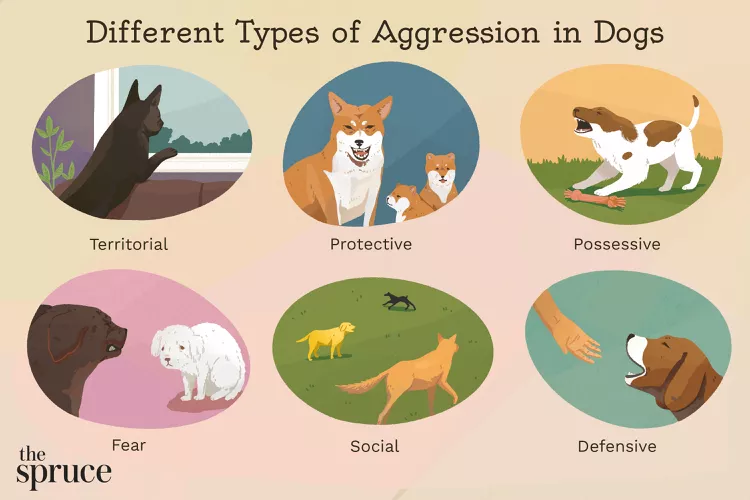
How to Stop Aggression in Dogs
Dog aggression can be a serious behavior issue for pet owners. Learn how to stop aggression in dogs before someone gets hurt.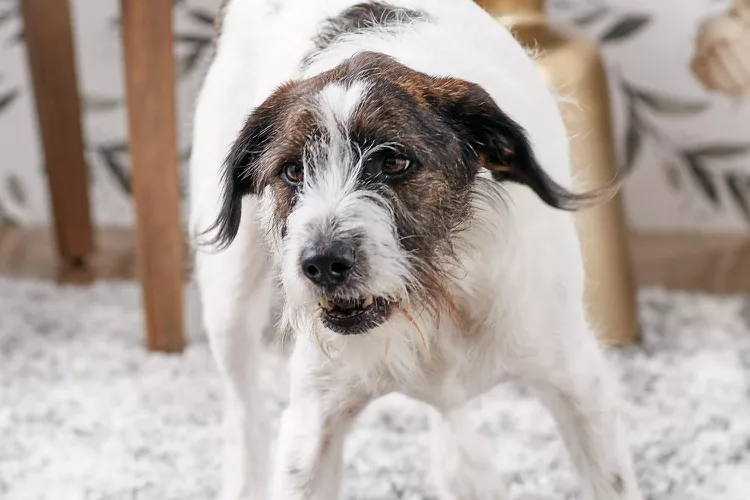
How to Stop Your Dog From Growling
A growling dog can soon become even more aggressive. Reduce the noise and potential for a dangerous situation with some of these techniques.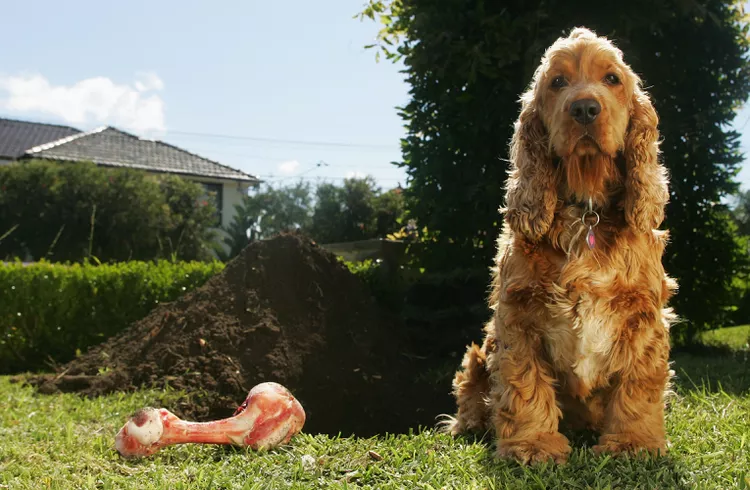
Why Do Dogs Dig Holes? How to Stop Your Dog from Relandscaping Your Yard
Dogs have been digging holes for centuries and for many reasons. Whether they’re bored or want to cool off in the dirt, here are the top reasons why dogs dig holes.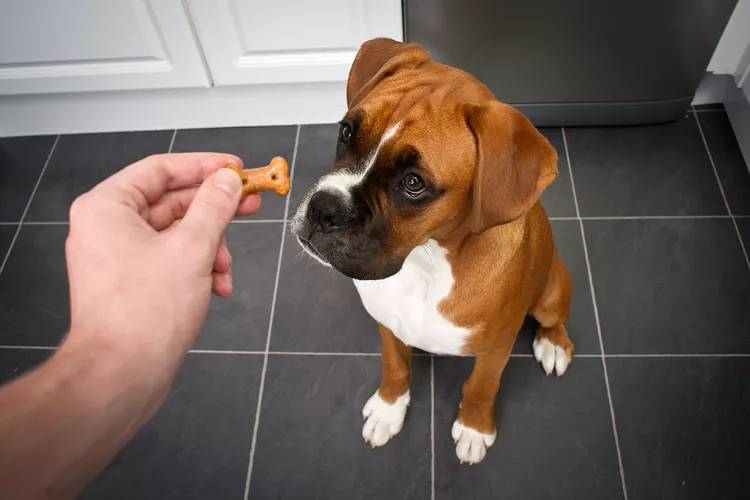
Dog Treat Varieties
Learn about the different types of dog treats on the market and decide which are best for your dog.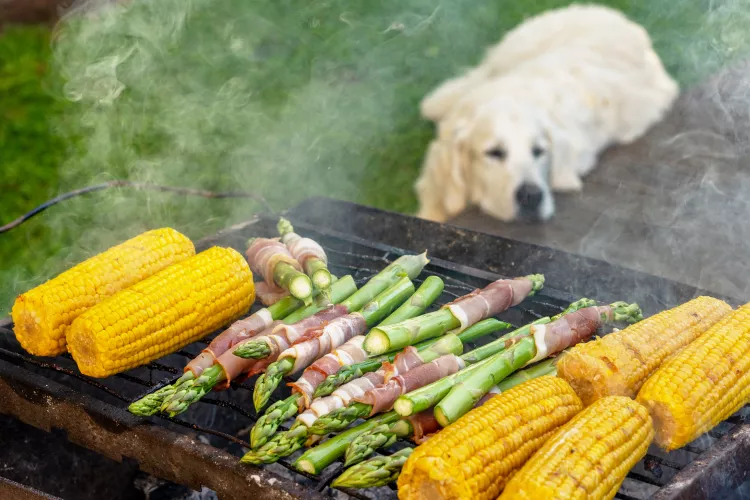
Can Dogs Eat Asparagus?
Dogs can eat asparagus, provided the vegetable is cooked plain and cut up for them. Seasonings, salt, and butter make it unhealthy for dogs.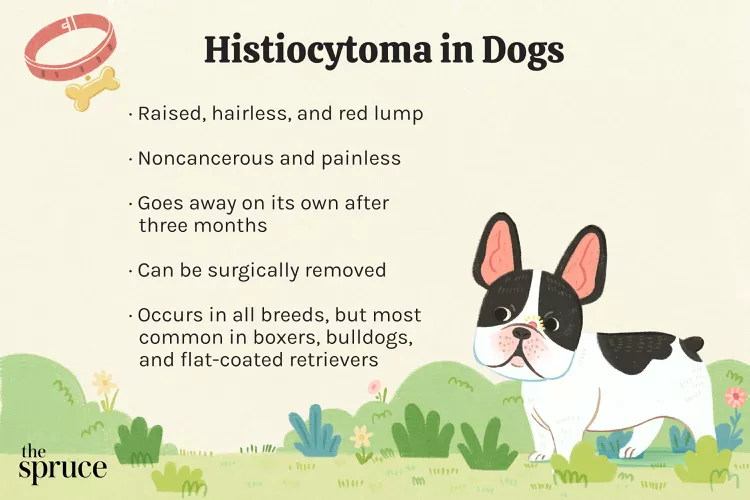
Histiocytomas in Dogs
A histiocytoma is a type of benign (non-cancerous) skin lump that usually affects young dogs. Learn the causes, treatment, and prevention.
Why Is My Dog’s Eye Swollen?
If your dog's eye is swollen, she may need veterinary attention. The inflammation could be caused by allergies, an injury, or even a tumor.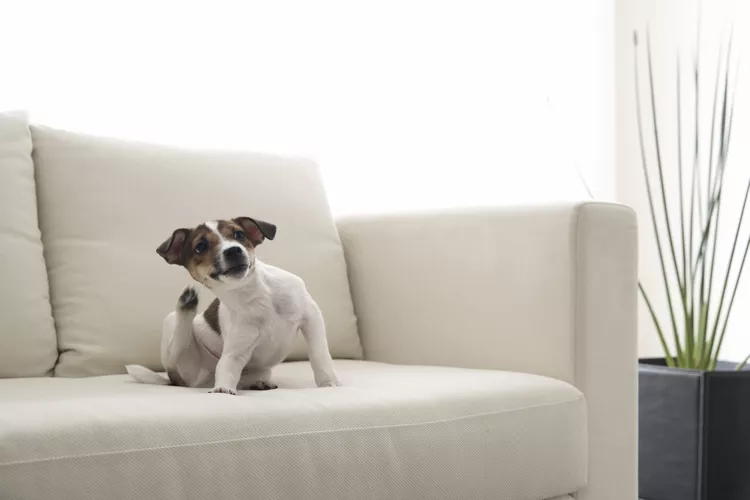
Common Bugs and Parasites Found on and Inside Dogs
Learn about common types of parasites in dogs. Find out how to treat and prevent parasites to keep your dog, your family, and yourself safe.
Exploring the Different Types of Pet-Friendly Beaches
Are you looking for pet-friendly beaches? Learn about the different types of pet-friendly beaches, their locations, and tips for visiting them with your pet.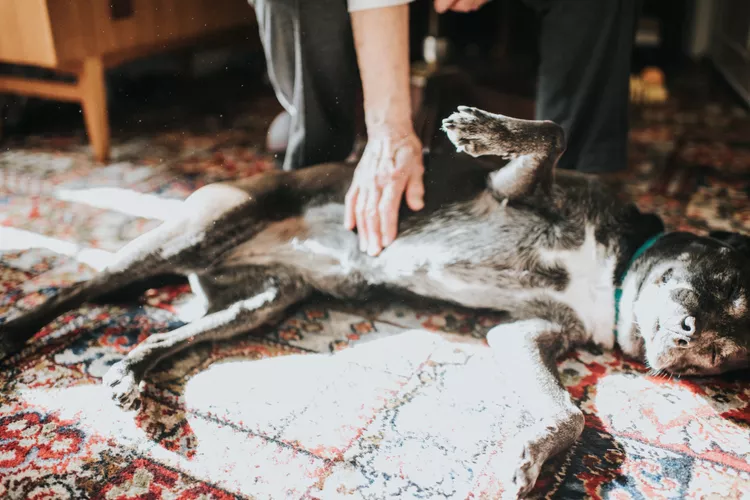
10 Obscure, Little-known Canine Facts in Honor of National Dog Day
With National Dog Day upon us, it's time to celebrate everything about our favorite pets—even the weirder stuff. Here are 10 obscure facts about dogs you probably didn't know.
Kitten Development From 3 to 6 Months Old
Kittens grow and change a lot during their first year. Find out what happens between the ages of three months and six months old.
95 Siamese Cat Names
Our list of Siamese cat names has diverse and fun options to help you choose the ideal moniker for your elegant and lovable feline companion.
What to Buy for Your New Cat: A List of Essentials
Before you bring your new cat or kitten home, there are a number of things to collect or buy so your cat will feel welcomed like a family member.
The 6 Best Cat Nail Clippers of 2024 for a Safe Trim
Clipping your cat's nails can save your furniture and keep your kitty comfortable. We asked veterinarians for their cat nail clipper recommendations.